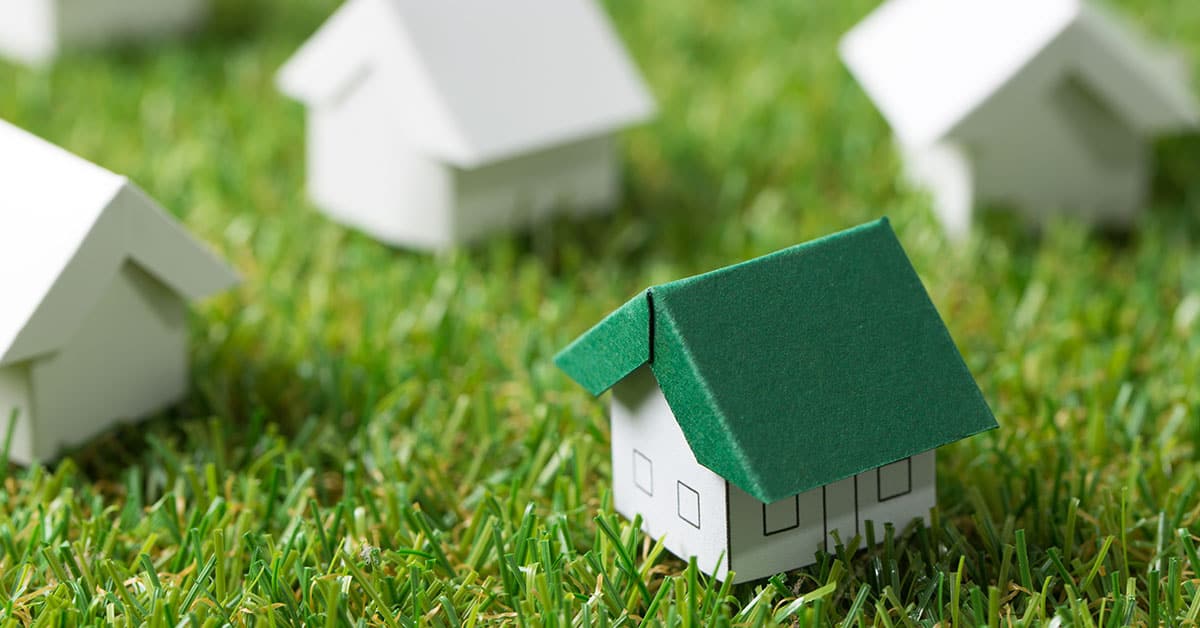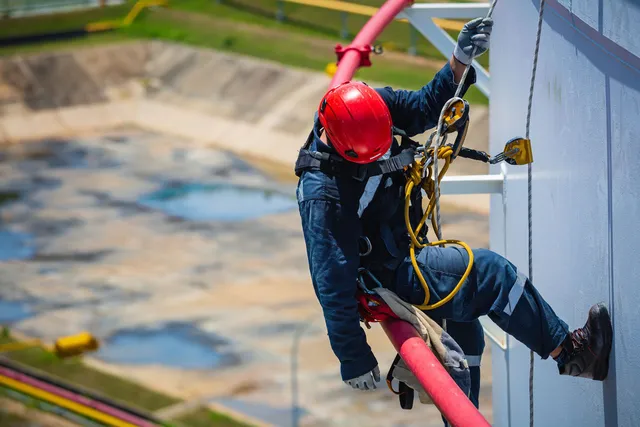The Canada Greener Homes Grant aims to help homeowners save money while improving their home’s energy efficiency. This new federal program administered by CMHC provides interest-free loans up to $40,000 for green home retrofits. This article provides a comprehensive guide to the Canada Greener Homes Grant, outlining the types of upgrades that are eligible, how to apply, and the potential savings available to homeowners who undertake eligible energy efficiency and renewable energy projects.
Purpose and Vision
The Canada Greener Homes Grant was established by the Canadian government in 2022 with the goal of making homes more energy efficient across the country. With climate change posing an existential threat, leaders recognized the need to cut emissions from the building sector which accounts for around 12% of national greenhouse gas emissions. Through financial incentives for green upgrades, the program aims to help homeowners reduce their environmental footprint and monthly energy bills over the long run. It also seeks to stimulate the economy by supporting local jobs in the construction and renewable energy industries.
Eligibility Criteria
In order to claim the grants, applicants must be homeowners with detached, semi-detached or row houses located in Canada. Rental properties and homes over 3 stories tall do not qualify under the current guidelines. The home must be the applicant’s primary residence which they have owned for a minimum of 12 months prior to application. Income thresholds also apply – single applicants cannot earn over $63,300 per year while the limit for joint owners is $126,600 annually based on the latest tax assessments. However, these criteria exclude few Canadians from participation given the widespread home ownership across income groups nationally.
What Are the Benefits?
Through this initiative, the government provides tax-free grants of up to $5,000 per home to cover partial costs of environmentally friendly retrofits. Qualifying projects can include upgrades like insulation, air sealing, high-efficiency windows, heat pumps, renewable energy systems and more. This funding mechanism makes these capital intensive investments far more accessible for homeowners who might otherwise delay or pass on green renovations due to high upfront costs. Analyses show the average household stands to save over $600 per year on energy bills from recommended retrofits. When combining immediate financial assistance with future utility savings, analysts predict a strong positive return on investment over the long run for participants.
Navigating the Application Process
The Canada Greener Homes Grant application process is designed to balance convenience with accountability. First, homeowners determine if their property and income meet basic eligibility rules. They then select retrofit measures from a pre-approved list generated through energy modeling software. Contractors registered under the program draft renovation plans, submit cost estimates for approval and handle the installation work once permits are issued. Upon project completion, photos and invoices are reviewed to ensure compliance with program standards before the grant funds are released. While the application period itself is only open twice a year for a limited time, experts are available year-round to guide homeowners through each stage of the process.
Qualifying Upgrades
There are numerous green home upgrades that qualify for financial support. Some of the most common projects include attic, wall and basement insulation, high-performance windows and doors, sealing air leaks, smart thermostats and HVAC systems. Beyond traditional energy efficiency renovations, grants can be used to offset costs of active renewable systems. Examples are solar photovoltaic panels, solar hot water heaters, heat pumps and geothermal ground source heat exchangers. When designed and installed properly by accredited professionals, these upgrades don’t only cut energy use on utility bills but also reduce a home’s environmental footprint through lowered emissions over its lifespan.
Expert Advice
Given the technical nature of many retrofits, it’s important for grant recipients to partner with knowledgeable experts. Registered contractors in the program undergo specialized training on eligible projects, building codes, construction best practices and more to ensure quality outcomes. Homeowners are encouraged to compare multiple contractor proposals by checking their qualification credentials online through authorized partners. Good candidates will take the time to evaluate a home’s specific needs through an energy audit before recommending customized solutions. Even after installation, experts remain a helpful resource to answer questions, address warranty issues and quantify actual utility savings achieved. Their guidance helps maximize both the green and financial benefits of participating in the initiative.
The Future of Green Living in Canada
With emissions trajectories still not aligned with scientific targets, experts agree bolder action is needed from both individuals and policymakers. Renovation incentives like the Greener Homes Grant represent an excellent start, but scaling up participation over time will be key to maximizing national emissions reductions. Some recommendations include multi-year programs to accommodate larger projects, support for energy audits, expanded eligibility for condos and apartments, as well as incentives for zero-carbon readiness measures in new construction. Public awareness of these initiatives also must grow so all communities can equally participate. By fostering green culture shift alongside innovation, future generations of Canadians will inherit sustainable, affordable and resilient buildings supporting clean growth well into the 21st century.
Summary
- The Canada Greener Homes Grant aims to cut emissions and energy costs through home retrofits
- Detached homes owned for over a year qualify if owners meet income thresholds
- Grants cover up to 30-60% of eligible project costs like insulation, windows, HVAC systems
- Registered contractors handle technical plans, installations and ensure compliance
- Over 100k homeowners participated so far, realizing 30% average utility savings annually
- Success stories demonstrate viability of public funding to scale climate solutions
- Achieving targets requires expanding supports over time and across housing types











